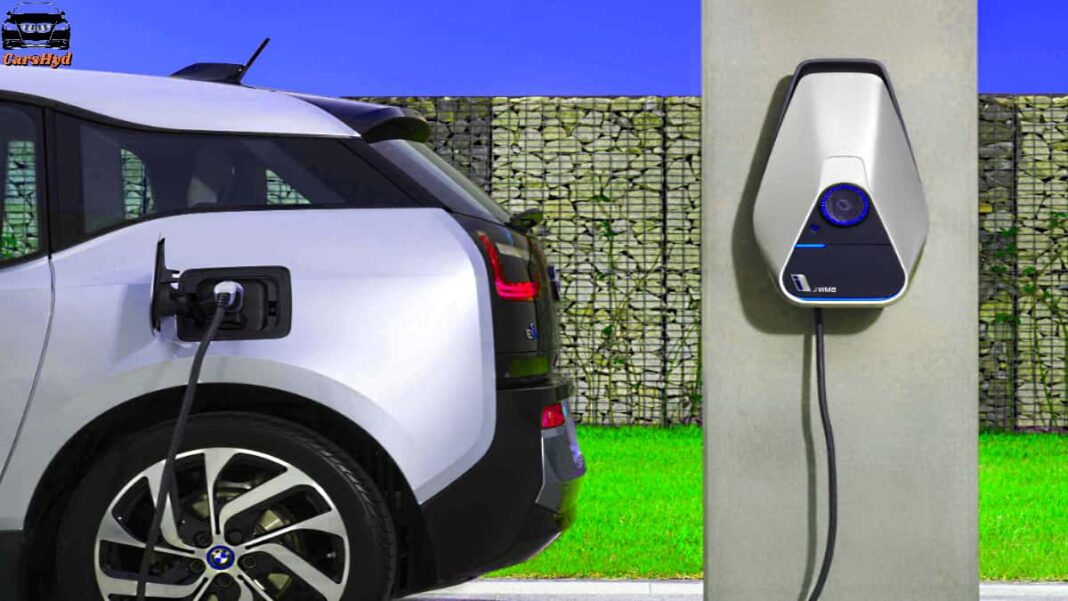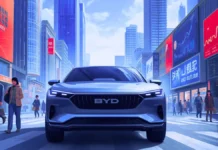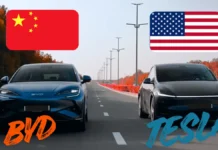Table of contents
Electric vehicles (EVs) are rapidly becoming a cornerstone of sustainable transportation. As more people transition to electric cars, understanding EV charging is crucial. This guide will delve into the nuances of EV charging, covering essential topics such as charger types, usage, and installation.
What is EV Charging?
EV charging refers to the process of replenishing the battery of an electric vehicle. Unlike traditional gasoline vehicles, EVs rely on electricity stored in their batteries to operate. To ensure your electric car is always ready for the road, understanding the types of chargers and their capabilities is essential.
Types of EV Chargers
EV chargers come in various types, each with different power levels. Knowing the difference between these types can help you choose the right one for your needs.
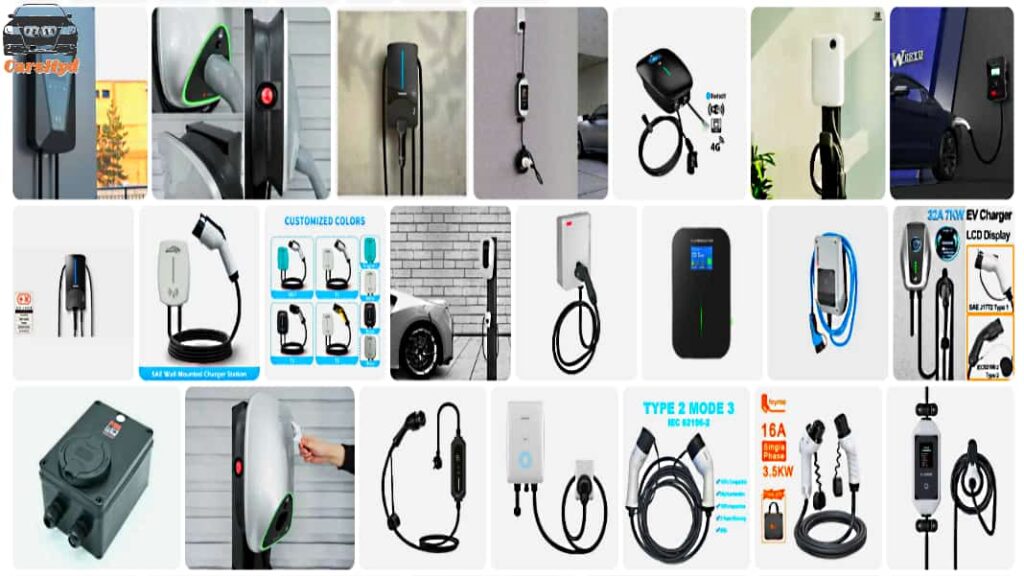
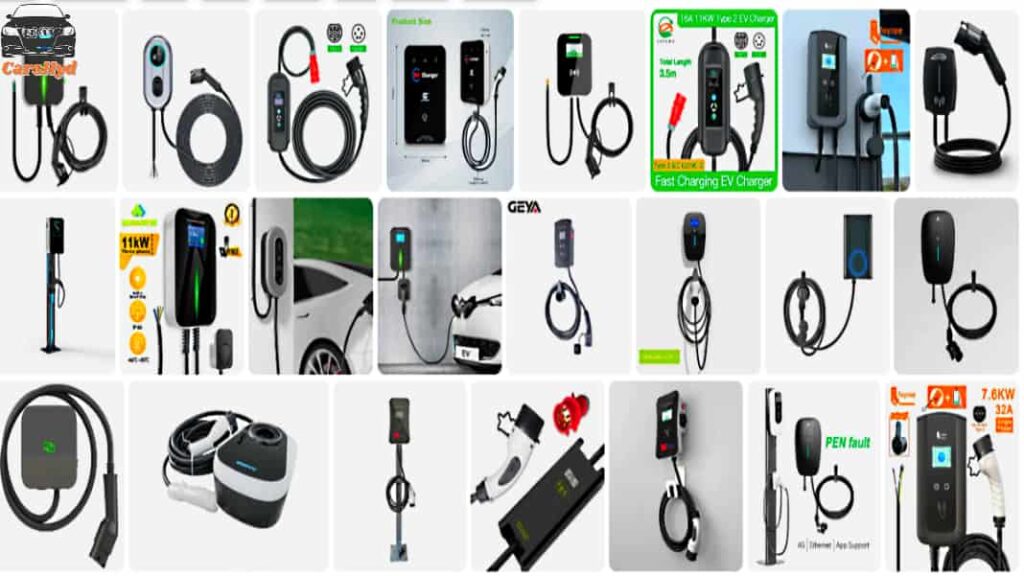
| Types | Charging speed |
|---|---|
| 1. 7.4 kW Charger | A 7.4 kW charger is a common choice for home installations. It provides a moderate charging speed, making it suitable for overnight charging. This type of charger is often used for single-phase home installations and is compatible with most residential power supplies. |
| 2. 11 kW Charger | The 11 kW charger offers a faster charging speed compared to the 7.4 kW option. This charger is typically used in situations where quicker charging is needed, such as in businesses or multi-car households. It requires a three-phase power supply, which is often available in commercial settings but less common in residential areas. |
| 3. 50 kW Charger | A 50 kW charger is a high-power option often found in public charging stations. This charger can significantly reduce charging time, making it ideal for long-distance travel. It provides rapid charging capabilities and is typically used in commercial and public settings. |
Understanding Electric Vehicle Charging Charger Power Ratings
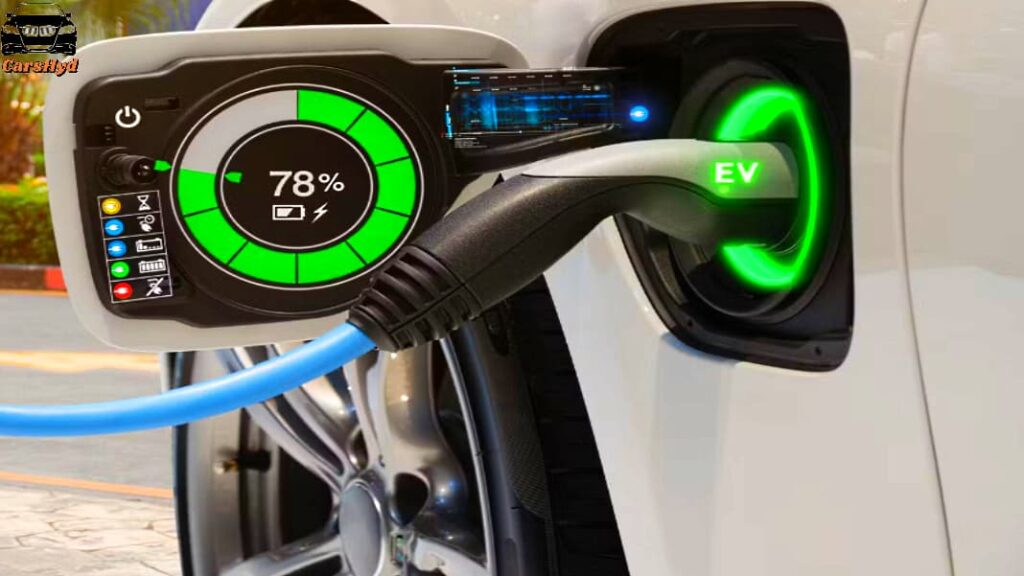
The power rating of a charger indicates how quickly it can charge an EV. Here’s a breakdown of what these ratings mean:
| Charger Powe | Times |
|---|---|
| 7.4 kW Charger | Provides about 25-30 miles of range per hour of charging. |
| 11 kW Charger | Delivers approximately 40-50 miles of range per hour of charging. |
| 50 kW Charger | Offers around 150-200 miles of range per hour of charging. |
How to Use EV Charging
Using EV charging equipment is straightforward. Here’s a step-by-step guide:
1- Locate a Charger:
Find a suitable EV charger. For home charging, you might use a wall-mounted unit or a portable charger.
2- Connect Your EV:
Plug the charging cable into your vehicle’s charging port. Ensure the connection is secure.
3- Start Charging:
Follow the instructions on the charger. Some units require you to start the process manually, while others start automatically once connected.
4- Monitor the Charging Process:
Many chargers provide real-time updates on the charging status. You can monitor the progress through the charger’s display or a smartphone app.
5- Complete Charging:
Once your EV reaches the desired charge level, disconnect the charger. For home charging, ensure the charger is properly stored away.
Differences Between 7.4 kW and 11 kW Chargers
The main difference between a 7.4 kW and an 11 kW charger lies in their charging speed. A 7.4 kW charger is sufficient for most home users who charge their vehicles overnight. On the other hand, an 11 kW charger is more suitable for those who need faster charging capabilities.
The 11 kW charger can deliver a higher charging rate due to its higher power output. However, it requires a three-phase power supply, which might not be available in all residential settings.
EV Charging Installation
Proper installation of EV chargers is crucial for efficiency and safety. Here’s what you need to know about EV charging installation:
1- Choose the Right Charger:
Select a charger that meets your needs and is compatible with your EV.
2- Hire a Professional:
It’s essential to have a qualified electrician handle the installation. They will ensure that the charger is installed correctly and safely.
3- Check Electrical Capacity:
Ensure your home’s electrical system can support the chosen charger. This might involve upgrading your electrical panel or wiring.
4- Permit Requirements:
Depending on your location, you might need a permit for EV charger installation. Check with local authorities to ensure compliance.
5- Testing:
After installation, the charger should be tested to ensure it operates correctly and safely.
EV Charging at Home
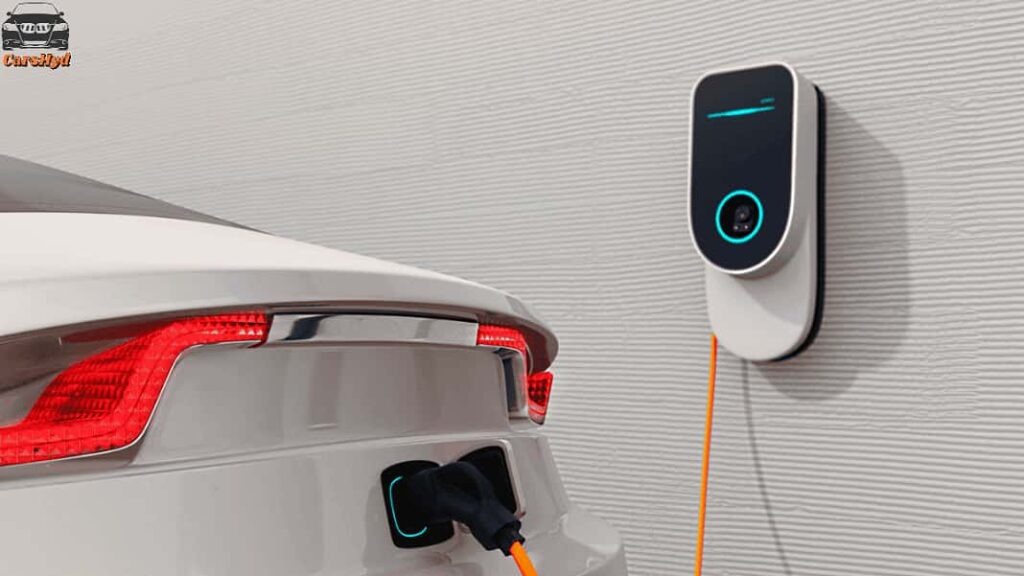
For many EV owners, home charging is the most convenient option. Here’s how to set up electric car charging at home:
1- Assess Your Needs:
Determine the charger type and power level based on your daily driving habits and home’s electrical system.
2- Install a Home Charger:
Choose between a Level 1 (standard outlet) or Level 2 (dedicated circuit) charger. Level 2 chargers are more efficient and suitable for home use.
3- Optimize Charging Times:
Many EVs allow you to schedule charging times. Charging during off-peak hours can save on electricity costs.
EV Charging Explained
EV charging involves several components: the electric vehicle, the charging station, and the charging cable. Understanding how these components interact can help you manage your EV’s charging needs effectively.
1- Charging Station:
This is the equipment that supplies power to your EV. It can be installed at home or found in public locations.
2- Charging Cabler:
The cable connects your EV to the charging station. It must be compatible with both the vehicle and the charger.
3- Electric Vehicle:
Your EV’s battery receives the charge from the station. The vehicle’s onboard systems manage the charging process.
Electric Vehicle Charging Course
For those interested in a deeper understanding of EV charging, enrolling in an electric vehicle charging course can be beneficial. These courses cover:
| Technical Aspects | Learn about different types of chargers, their installation, and maintenance. |
| Safety Practices | Understand the safety protocols to follow during installation and usage. |
| Cost Management | Discover how to optimize charging costs and manage your electric vehicle’s energy consumption. |
Conclusion
Understanding EV charging is key to optimizing the performance and convenience of your electric vehicle. Whether you are considering home charging solutions or public charging options, knowing the different types of chargers and their capabilities will help you make informed decisions. With the right knowledge and installation, you can ensure a smooth and efficient charging experience for your EV.











